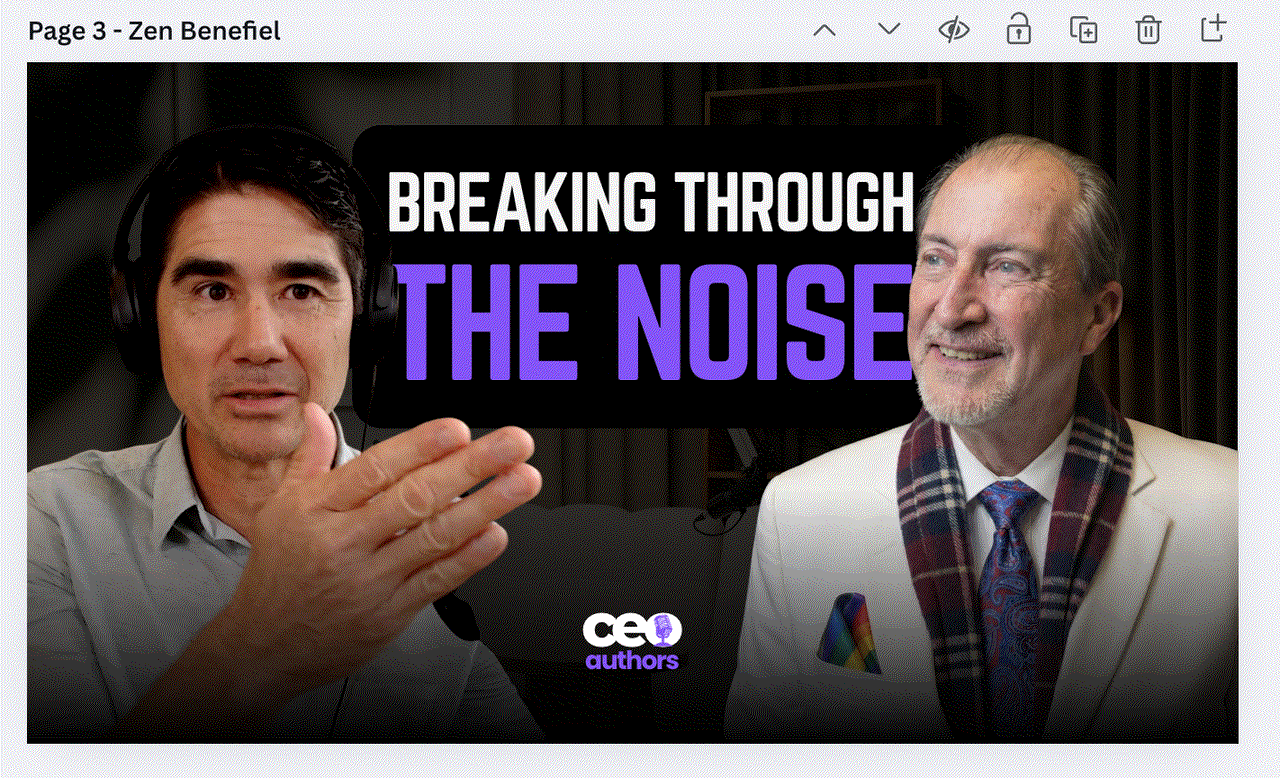Aug07

In Execution: The Discipline of Getting Things Done, Larry Bossidy and Ram Charan make a compelling case: execution is not an afterthought. It is not a tactical concern for middle management or a mere follow-through mechanism. Instead, it is the central discipline that determines whether an organisation can convert strategy into sustained results. At the heart of this discipline lie three interconnected processes—people, strategy, and operations—that must be integrated and owned by leadership at the highest levels.
Execution, in this context, is not about micromanagement. It is about engaged leadership, clear accountability, and alignment across the organisation. Bossidy and Charan argue that companies often fail not because their strategies are flawed, but because they lack the discipline and rigour to execute them effectively.
Of the three core processes, the people process is the most critical. Why? Because people execute strategy—not plans, not systems, and certainly not spreadsheets. Bossidy and Charan stress that having the right people in the right roles is the foundation upon which effective execution is built.
This process goes far beyond HR compliance or annual performance reviews. It involves a continuous and rigorous evaluation of talent aligned with strategic priorities. Leaders must be active participants, not passive observers. They should know their people deeply—understanding strengths, developmental needs, and fit with evolving business demands.
Perhaps most importantly, leaders must own the people process. Delegating it solely to HR leads to a dangerous disconnect between strategy and capacity. A robust talent pipeline, ongoing coaching, and readiness to make difficult personnel decisions are hallmarks of execution-focused leadership. As Bossidy notes, “You can’t have an execution culture without robust dialogue—one that brings reality to the surface through openness, candour, and informality.”
Strategy, as Bossidy and Charan describe it, is only as good as the organisation’s ability to implement it. Too often, strategic plans are developed in isolation—ambitious in intent but divorced from operational reality or the organisation’s human capacity. This is where the execution discipline introduces a critical recalibration.
A sound strategy process must be pragmatic, interactive, and reality-based. It’s not about creating the perfect five-year plan. It’s about asking tough questions: Do we have the people to deliver this? Are our goals grounded in what’s realistically achievable? What risks and contingencies must we plan for?
Moreover, the strategy must remain dynamic. Business environments change, and so must strategic assumptions. A strategy that cannot flex in response to market shifts is likely to stall, no matter how visionary. Crucially, the strategy process must be informed by the people process—ensuring that aspirations align with organisational capability.
Where strategy sets direction, the operations process ensures traction. This process is about translating high-level goals into concrete, actionable steps. It encompasses planning, budgeting, resource allocation, and performance monitoring—but more importantly, it connects these activities directly to people and strategy.
Execution often falters in the operations phase due to poor alignment or a lack of follow-through. Bossidy and Charan argue that leaders must stay deeply engaged in operational performance—not merely reviewing reports but participating in performance dialogues, adjusting course where needed, and reinforcing accountability.
Effective operations require clarity of priorities, metrics that matter, and a culture of performance ownership. When well executed, the operations process enables real-time adjustments and drives continual improvement.
Perhaps the most powerful insight from Execution is that these three processes must not operate in silos. In many organisations, strategy, operations, and people decisions are managed by different groups with limited coordination—leading to fragmentation and inertia.
Instead, high-performing organisations tightly link these processes. The people process informs what strategies are achievable; the strategy process sets direction based on operational and talent realities; and the operations process breaks down the strategy into tangible tasks with clear accountability.
This integration is more than structural—it is cultural. It creates transparency, drives accountability, and ensures that everyone understands their role in delivering results. When these processes are synchronised, execution becomes not just a function, but a core competency.
Bossidy and Charan’s core message is clear: execution is a discipline, and it must be embedded in the DNA of leadership. Visionary thinking and strategic intent are meaningless without the mechanisms to translate them into action. Organisations that treat execution as a separate function are unlikely to see consistent success.
Instead, execution must be seen as a system of interdependent processes, guided by leaders who are deeply engaged with their people, realistic about their strategy, and disciplined in their operations. As a result, they build cultures where strategy and execution are not sequential steps—but inseparable elements of sustained success.
For organisations seeking to enhance their execution capabilities, platforms like Visualise Solutions offer strategic insights, leadership coaching, and frameworks that can support the transformation of execution from a weakness into a strength.
By Andrew Constable MBA, XPP, BSMP
Keywords: Business Strategy
 Glimpses of Agentic Intelligence: Gemini-3-Flash Navigating Mock ARC-AGI-3 Grid Worlds
Glimpses of Agentic Intelligence: Gemini-3-Flash Navigating Mock ARC-AGI-3 Grid Worlds Leadership Vacancies are Predictable. The Costs of Being Unprepared.
Leadership Vacancies are Predictable. The Costs of Being Unprepared. The Power of Self-Love: Insights from Karl Taft and Zen Benefiel
The Power of Self-Love: Insights from Karl Taft and Zen Benefiel Every Role Is a Sustainability Role
Every Role Is a Sustainability Role The Corix Partners Friday Reading List - December 26, 2025
The Corix Partners Friday Reading List - December 26, 2025